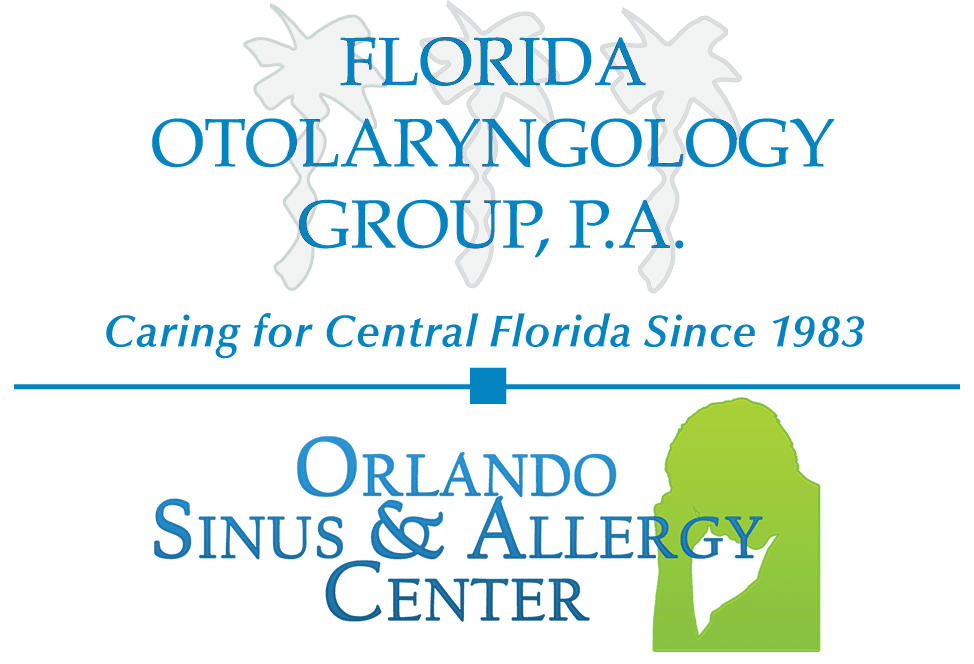At the back of your throat, there is a very small passageway called the Eustachian tube, which serves as a narrow connection point between your throat and your middle ears. The purpose of this tube is to help your ears drain away any fluid that would otherwise build up inside them.
It also ensures that the air pressure levels inside your ear remain at a tolerable level. Every time you swallow or yawn, the Eustachian tube opens up briefly to let out all the air inside, and to ensure that both the air pressure within the middle ear, and outside the ear is equalized. Unfortunately, if the Eustachian tube becomes blocked, you can get severe ear pain and may have trouble hearing.
What Is the Eustachian Tube Known For?
Many individuals are aware of the Eustachian tube simply because it is what you “pop” when you go scuba diving or when you are descending from high altitudes in an airplane. When the Eustachian tube does not open up when you swallow or yawn, this is called Eustachian tube dysfunction, which is accompanied by ear pain, muffled sounds, or an ear that feels “full”.
What Are the Main Causes Behind a Blocked Eustachian Tube?
The most common cause for the Eustachian tube not opening up is inflammation, mucus, and fluid buildup caused either by a common cold like the flu, allergies, or a sinus infection. If too much air pressure or fluid stays inside the ear, this can cause acute otitis media or an ear infection of the middle ear.
Who Is at Risk for Blocked Eustachian Tubes?
There is a subset of people who are at greater risk of experiencing Eustachian tube blockages:
- Children are a great risk because their Eustachian tubes are straighter and much shorter than those of adults. This makes it a lot easier for germs to get inside the middle ear causing infections, or for fluid to become trapped inside. Ear infection in a child can be quite serious since children don’t have fully developed immune systems – this makes it harder for them to fight off infections.
- Adults or teenagers who partake in smoking, as smoking damages cilia, which are the tiny hairs that sweep away mucus from the middle ear to the back of the nose. Damaged cilia mean more mucus to accumulate and gather within the tubes.
- Those who suffer from obesity may also experience Eustachian tube dysfunction as any fatty deposits around the tubes can block them from opening either partially or fully.
What Are The Symptoms of Blocked Eustachian Tubes?
It is easy to spot a blocked Eustachian tube, as the symptoms can be quite jarring and painful. You may experience any of the following:
- Ears that feel as if they are plugged or full.
- Poor hearing or muffled sounds.
- A popping or clicking sensation in your ears (it may tickle in children).
- You may experience tinnitus (ringing in your ears).
- You may experience pain in one or both of your ears.
- Likewise, you may lose your balance or feel dizzy.
- Frequent or recurring ear infections.
- Fluid buildup behind the eardrum.
How Are Eustachian Tube Blockages Diagnosed?
If you believe that you are experiencing a blockage of your Eustachian tubes, make an appointment with your local doctor and explain your symptoms to them. During your appointment, they will examine the back of your throat, the nasal passageways, the ear canals, and the eardrums to verify the blockage.
How Is Eustachian Tube Dysfunction Treated?
While Eustachian tube dysfunction typically goes away on its own without any kind of treatment, there are exercises you can do to help relieve some of the symptoms you are experiencing. For instance, you may chew gum, swallow repeatedly, or yawn nice and wide to help open them up. The most common exercise is where you take a deep breath, close your mouth, and pinch your nostrils closed. You then try to “blow” the air out of your mouth, while keeping it closed.
Other treatment methods include:
- Using an antihistamine or steroid nasal spray if you are experiencing allergies.
- Using a decongestant to reduce inflammation.
- Having antibiotics prescribed to you if you are experiencing an ear infection.
- Using a heating pad or warm washcloth to help alleviate pain.
In cases where the blockage is not relieved by any of the above, surgery may be recommended to equalize the pressure on the inside/outside the ear and to drain any fluid that is trapped inside. In children, sometimes temporary tubes are placed in their ears to help drain the fluid that keeps getting trapped in the middle ear.
These fall out on their own after about 18-months. In adults, sometimes balloon dilation is recommended as this procedure can open up the pathway for mucus and air to flow through the tube, helping it to function, and to alleviate symptoms.
Can Eustachian Tube Blockages be Prevented?
The easiest way to prevent your Eustachian tubes from becoming blocked is by managing symptoms from allergies or colds. By treating these properly, you reduce your chances of having excess mucus buildup in your nasal passageways, and subsequently your Eustachian tubes.





